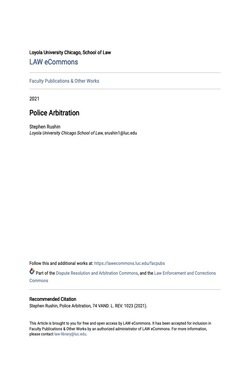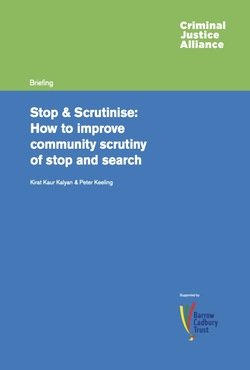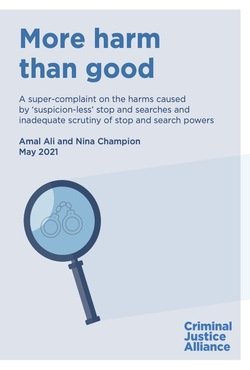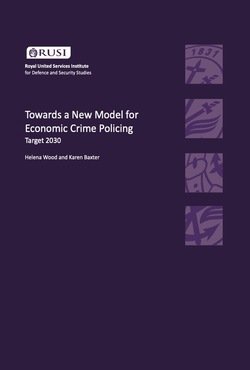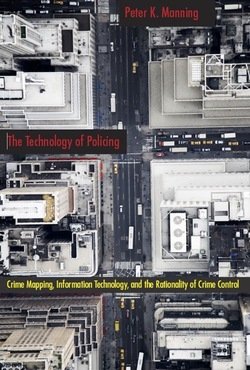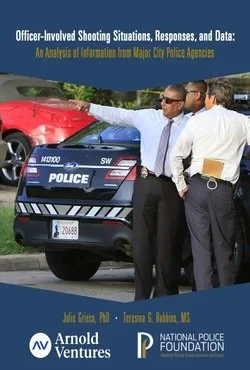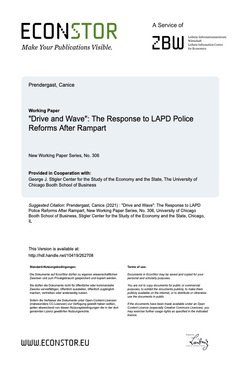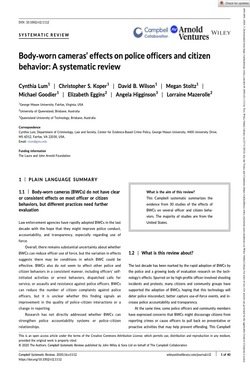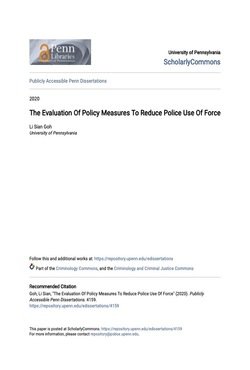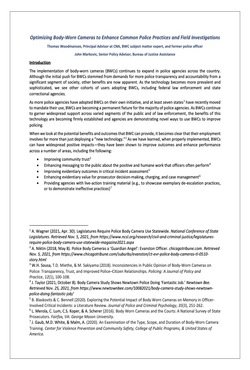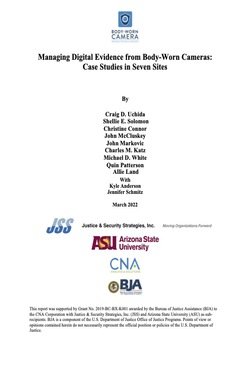By Stephen Rushin
Before punishing an officer for professional misconduct, police departments often provide the officer with an opportunity to file an appeal. In many police departments, this appeals process culminates in a hearing before an arbitrator. While numerous media reports have suggested that arbitrators regularly overturn or reduce discipline, little legal research has comprehensively examined the outcomes of police disciplinary appeals across the United States. In order to better understand the use of arbitration in police disciplinary appeals and build on prior research, this Article draws on a dataset of 624 arbitration awards issued between 2006 and 2020 from a diverse range of law enforcement agencies. It finds that arbitrators on appeal reduced or overturned police officer discipline in 52% of these cases. In 46% of cases involving termination, arbitrators ordered police departments to rehire previously terminated officers. On average, arbitrators reduced the length of officer suspensions by approximately 49%. Arbitrators gave several common justifications for reductions in officer discipline. Frequently, arbitrators found the original discipline to be excessive relative to the offense committed or relative to punishments received by other officers. In a somewhat smaller number of cases, arbitrators cited insufficient evidence or procedural flaws in the investigation or adjudication of the original internal disciplinary process. This Article concludes by considering the implications of these findings for the literature on police accountability. It also considers emerging efforts in states like Minnesota and…..
-
Oregon to reform police arbitration procedures in order to better balance officers' interests in due process with the public's interest in accountability.
Chicago: Loyola University Chicago, School of Law, 2021. 57p.


